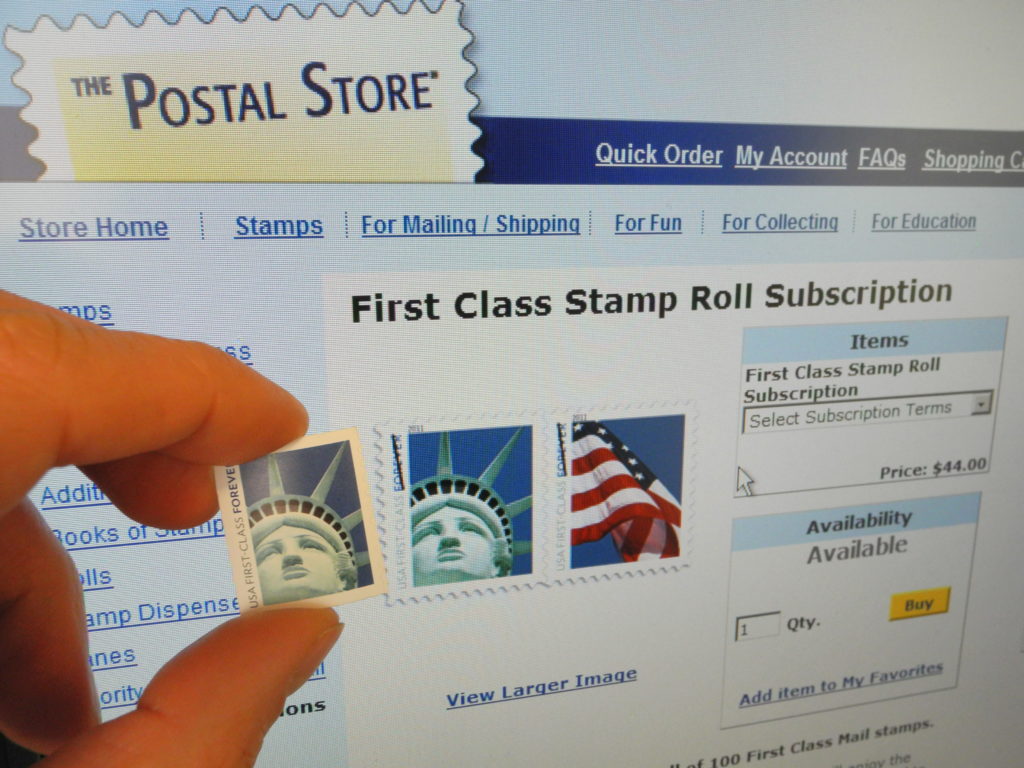Art World
The US Postal Service Must Pay an Artist $3.5 Million After Accidentally Printing His Version of the Statue of Liberty on Billions of Stamps
Officials mixed up the original New York statue with a copy in Las Vegas.

Officials mixed up the original New York statue with a copy in Las Vegas.

Henri Neuendorf

A judge ordered the US Postal Service to pay sculptor Robert Davidson $3.5 million in compensation after the government agency accidentally printed an image of his rendition of the Statue of Liberty—which stands outside a New York-themed hotel in Las Vegas—on more than three billion stamps since 2010.
Davidson sued the government for copyright infringement in 2013 for using his work without permission. While the original 1886 statue is in the public domain and can be legally photographed and replicated, the artist said that he made some key changes to his version of Lady Liberty, which differentiate it from the New York statue.
According to court documents, the artist argued that his 1996 version is “a little more modern, a little more feminine” and appears “softer” and “more contemporary” than the iconic original.
The error occurred after the postal service sought a different image of the statue from the one it had already featured on more than 20 different stamps. Officials eventually settled for a picture that isolated Lady Liberty’s face and purchased a photograph from Getty Images without realizing that the chosen photograph was not of the New York statue.
Court papers revealed that USPS noticed their error three months after the first stamps were printed but chose to continue selling the stamps anyway because they were “very popular” and because the postal service had already spent $8 million to print them.
Last Friday, Judge Eric G. Bruggink of the US Court of Federal Claims sided with Davidson, determining that the sculptor’s version is sufficiently different to be considered an original work and that the postal service had no rights to the underlying photograph, even though they paid for a license from Getty Images.
“We are satisfied that [the] plaintiff succeeded in making the statue his own creation, particularly the face. A comparison of the two faces unmistakably shows that they are different,” Bruggink explained in his decision. “Having determined that the face of plaintiff’s sculpture is distinct, original, and protected, we find that defendant’s use was infringing.”